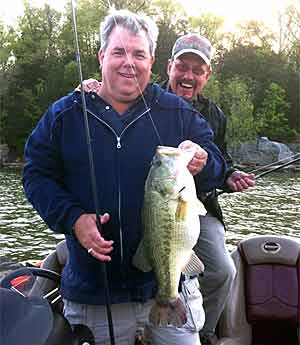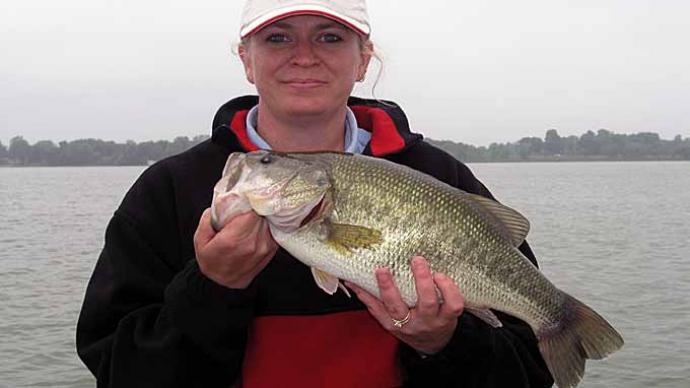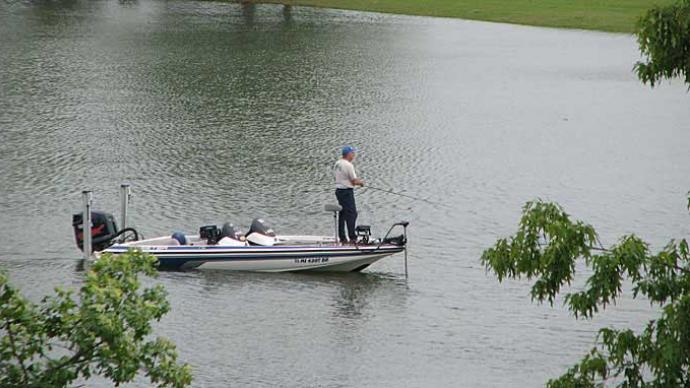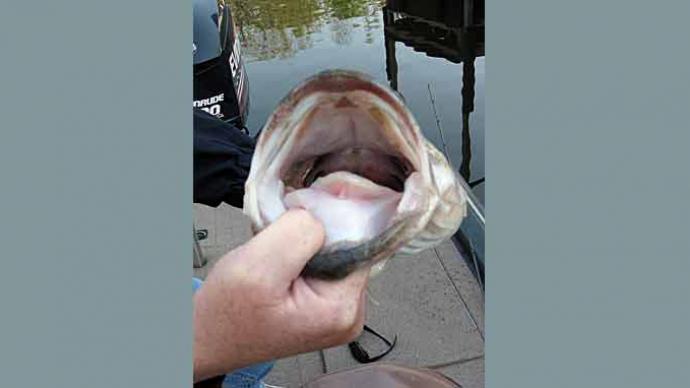| For More Information: |

Early spring bass fishing is big bass time. Nationwide, most of the big bass will be caught between February and May. During spring, the spawning instinct causes fish to move from deep to shallow water to spawn. When big bass move shallow they are easier to catch because you can present a lure more effectively in the strike zone in shallow water than you can in deep water.
The time is now, but where and how are you going to catch it? It seems that the same group of anglers, year in and year out, catch big bass. What is their secret? Do they fish a secret lure, or are they just plain lucky, or a combination of these? Anytime you put a big bass in the boat; luck plays a big part. You can, however, produce your own luck.
Most anglers who consistently catch trophy fish are not just lucky, they are fishing the right lake with the right lure at the right time with the right skills, technology, knowledge and equipment.
In Texas, bass anglers are lucky to have numerous lakes that produce bass up to 12 pounds. For bass over 12 pounds, the list of lakes narrows with Lake Fork, Lake Amistad, Falcon Lake, and Sam Rayburn the top four. Where will this year's largest bass be caught? It's likely to be at Lake Fork, Sam Rayburn, or Amistad.
To catch big bass in spring, think shallow water close to deep water, from mouths of major creeks all the way to the back ends of creeks. Points, coves, and banks with deep cuts or breaklines, and creeks running close to shallow water will also produce. During cold fronts, fish the deep breaklines in the 10- to 15-foot of water range. During warming trends or consistent weather patterns, work both the shallow, four- to eight- foot and deeper breaklines, 10- to 15- foot. The closer together these breaklines are the better.
Cover a lot of water, but stay on or near a breakline. When you connect with a good fish, slow down and work the area thoroughly. There will be small and large schools of deep-water bass staging somewhere from the mouth of a creek to the back end. When you locate these staging fish you are in for some awesome bass action. Don't count on these fish being in the same spot the next day. They might be there, but most likely they will have moved to another location.
To catch these bass throw deep diving crankbaits on the deeper breaklines, 10 to 15 feet, and lipless crankbaits on shallow breaklines. These two reaction baits are great for covering a lot of water. When you locate some staging females, after throwing crankbaits, switch to a jig- and-craw or soft jerkbait. Zoom's Super Fluke in albino is hard to beat. Throw it on a Mustad 5/0 hook. Work this bait slowly. It is very effective on staging females.
Just about everyone I guide loves throwing spinnerbaits. Now is the time to start throwing them in earnest, especially when fishing shallow. One of the best spinnerbaits on the market is the Terminator 3/8-ounce in chartreuse, white shad and silver shiner will catch a lot of big fish. When using a jig-and-craw, the Penetrator Twin Skin jig with double skirt and 6/0 hook is my favorite. Remember cover a lot of water but stay on or near a break-line and when you hook up, work the area slowly.
One good tip for early spring bass fishing is to use larger lures. Big lures catch big bass. Your equipment needs to be on the heavy side for rods. Use medium- heavy to heavy actions reels, bait casting or spinning, capable of holding 20- to 30-pound mono or 50- pound braided line. The best superline on the market is Power Pro. For tough rods & reels, Team Daiwa's rods are awesome. I have been using them for a long time now and the castability, toughness and light feel is hard to beat. Matched with Daiwa's reels, this is one of the best combinations on the market.




